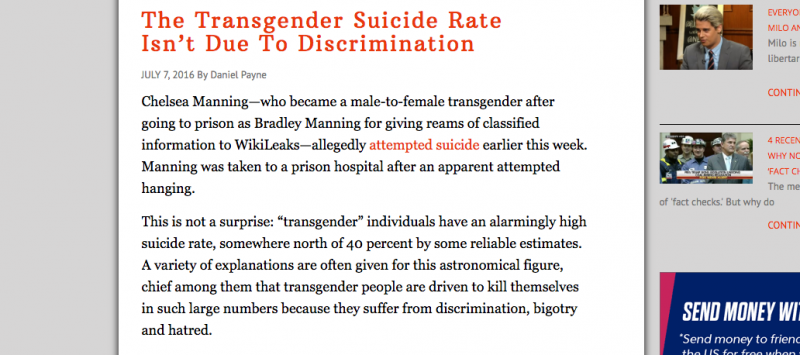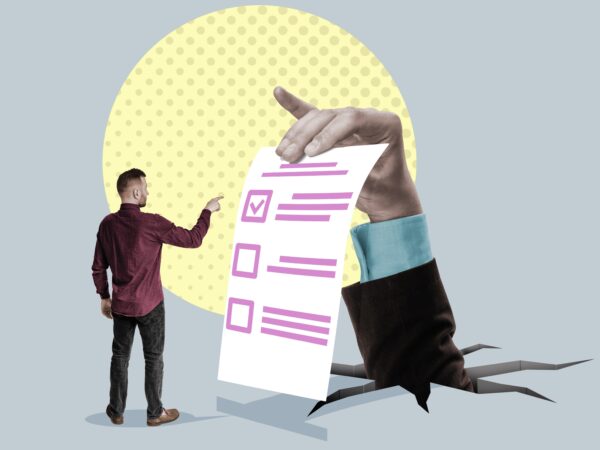What happens when you take a basic legal protection away from a population?
It is a question about policy, law, and politics, but it’s not really a political question. Instead, it’s a question of public health. Policies that radically transform the way whole populations are treated in society are likely to have significant impacts on health, economics, and other quantifiable measures of those population’s well-being. And it’s useful to think about them in those terms.
Every shred of available evidence shows that policies protecting LGBT people correspond with fewer LGBT people (especially children) losing their lives to suicide. There’s a lot less evidence available on what happens when you take back a protection, largely because we don’t have a lot of real-world examples of that happening.
But now, public health researchers may have an unprecedented opportunity to find out.
On Wednesday, Attorney General Jeff Sessions sent a letter to schools across the country withdrawing a key piece of Obama-era guidance on how LGBT kids should be treated in schools. Trans girls, the original guidance had stated, should not be forced to enter boys' bathrooms and lockers rooms. And trans boys should not be forced to enter girls' bathrooms and locker rooms.
With Sessions' letter, the federal government no longer takes a position on the subject. That question is now left up to the states.
Within a few years, we'll likely to have a mountain of data on whether - and how much - this move impacts trans kids.
In the meantime, here is what we do know from public health research about protections around these kinds of human rights:
- Transgender people already experience violence and discrimination at a much higher rate than both the general population and the not-transgender lesbian, gay, and bisexual population (a population that itself has a very elevated suicide risk). Transgender people who have been rejected by their families and communities are more at risk. At the same time, transgender people who have social support are 82% less likely to commit suicide. Being easily singled out and identified as trans appears to hurt quality of life; one study showed better outcomes for trans women who had surgeries intended to "feminize" their appearances. Broadly speaking, policies protecting LGBT people seem to have direct impacts on LGBT youth suicide even when they don't directly impact the youths in question. A study that came out Monday in JAMA Pediatrics showed that states that passed laws recognizing gay marriages (before the Supreme Court decision making gay marriage the law of the land) saw a 7% drop in total youth suicide attempts - presumably among LGBT youth.
There's also another interpretation of this data you should know about, advanced by some groups that oppose protections for LGBT people:

"The transgender suicide rate isn't due to discrimination," they argue, but rather due to some defect in the minds of trans people that leads them to take their own lives.
The available science goes firmly against this conclusion. If trans-ness itself made a person more likely to take their own life, rather than discrimination, we'd expect to see trans people losing their lives to suicide at fairly similar rates regardless of where they lived, the discrimination policies in those areas, and their experiences of violence.
But, as Zack Ford points out over at Think Progress, this is wildly, demonstrably not the case. Trans people are more at risk when targeted by discrimination. And trans women are at significantly higher risk than trans men, which matches apparent differences in experience of violence and discrimination between those two groups.
So what happens to trans kids when you suddenly remove a policy designed to protect them? It looks like we're all about to have more data than we'd ever hope for to answer that question.











